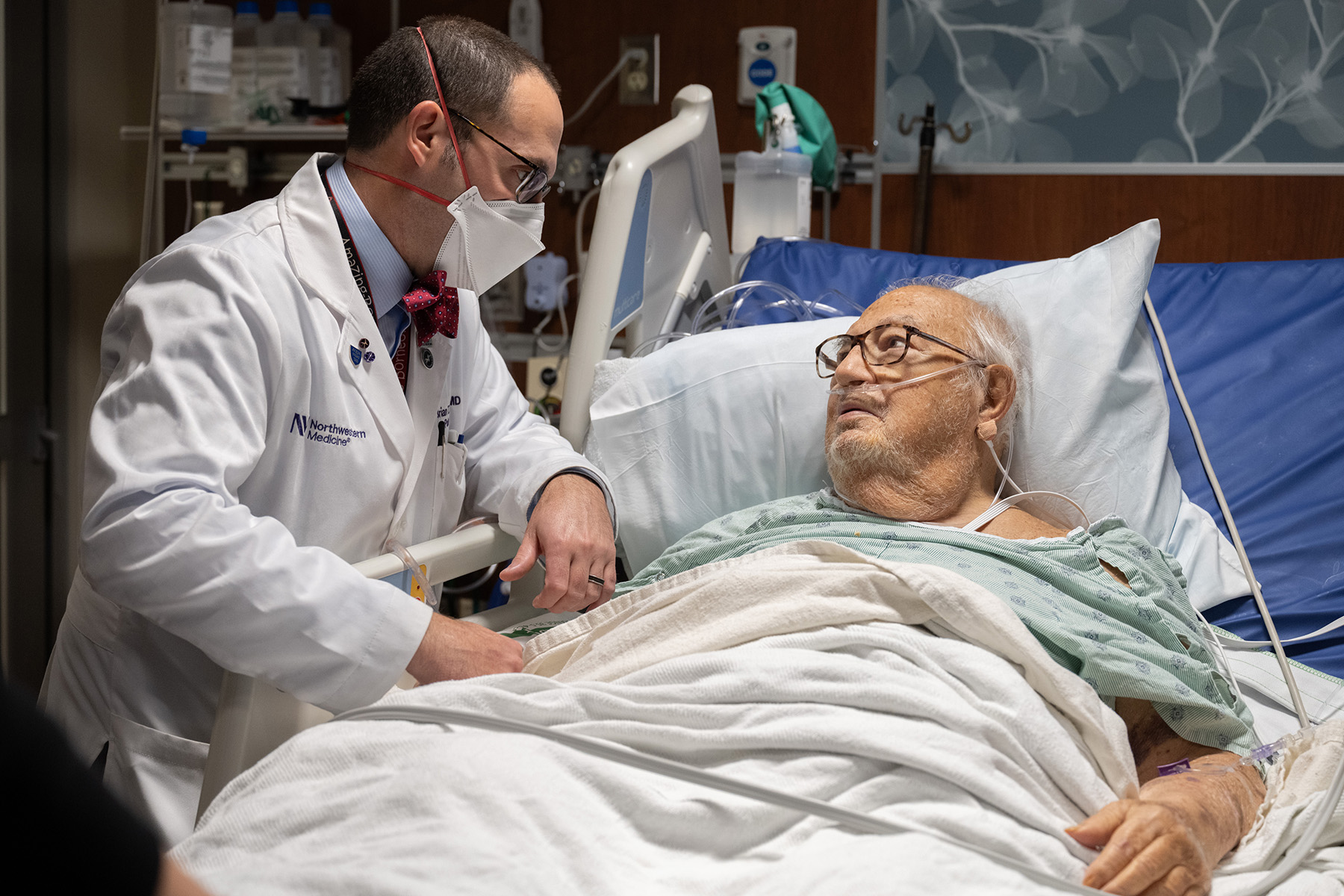
Data from the Northwestern Medicine study was used to train a computer algorithm to predict where a phone is being carried and to detect second-by-second activity such as sitting, standing, and walking.
Physical activity tracking apps on smart phones are a potentially important tool for doctors who want to collect data and create treatment or intervention plans to improve the health of patients who struggle with activity and movement – such as those with Parkinson’s disease.
A new Northwestern Medicine® study has found a way to make these apps more accurate – no matter where patients carry their phones. The study was recently published online in the Journal of Neuroscience Methods.
Previous studies of activity tracker apps have found that patients generally carry their phone in a pocket, on a belt, or in a purse or bag throughout the day and are not aware that where they carry their phone can impact how well the tracker works.
Designed with fashion and comfort in mind, a new algorithm – developed by an interdisciplinary team at Northwestern – can be used with a physical activity app to predict the location of a phone throughout the day with near perfect accuracy.
“While it remains true that smart phone activity trackers are the most accurate when the phone is placed in the pocket or on a belt, with this algorithm we can provide an estimate of error associated with other locations where the phone is carried,” said Konrad Kording, PhD, associate professor of physical medicine and rehabilitation and physiology.
This finding is important because studies have shown that in everyday life people carry their phones in different ways. It is unrealistic to expect all patients with activity tracker apps to always carry their phone in their pocket or on a belt, said Kording, a research scientist at the Rehabilitation Institute of Chicago and principal investigator of the study.
“Most women carry their phones in a purse,” said Stephen Antos, a Doctor of Physical Therapy/PhD in Engineering Program student and first author of the study. “Some people carry theirs on their belt or in their hand. We may change where we carry our phone throughout the day as well. We wanted to solve this problem and find a way to make these trackers as accurate as possible no matter where you carry your phone.”
For the study, a team of interdisciplinary researchers from Feinberg’s Center for Behavioral Intervention Technologies (CBITS) recruited 12 healthy subjects to take on pre-arranged activities such as walking, sitting, and standing while carrying a smart phone in different places (purse/backpack, belt, hand, and pocket.) The same method was used on two people with Parkinson’s disease.
The data was used to train a computer algorithm to predict where a phone is being carried and to detect second-by-second activity such as sitting, standing, and walking.
This study is one of many taking place at CBITS that uses smart phone apps to improve health. Kording believes that in the near future smart phones will have a major role in how we manage our health.
“I believe we will have apps running on smart phones that will know exactly what we’re doing activity-wise and will warn us of diseases before we even know that we have those diseases,” Kording said. “In the future, phones will have a major role in motivating people towards behavior that is good for their health.”
The work was supported by the National Parkinson Foundation and the National Institute of Neurological Disorders and Stroke of the National Institutes of Health under grants P01NS044393, R01NS063399, and T32EB009406.






